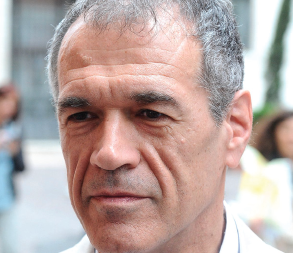Italian pension funds reduced their aggregate exposure to government bonds last year as investors diversified their investment portfolios, according to the national pensions regulator COVIP.
At end-2017, government securities made up an average 41.5% of portfolios, a five percentage point decrease from the previous year, the regulator reported.
Other debt securities reached an average 16.6% of portfolios, with equities at 17.7%, and pooled funds at 14.4%.
Meanwhile, real estate represented just 2.9% of assets, almost all of which was concentrated in Italy.
The regulator said that the funds’ asset allocation had become more diversified compared with previous years.
The country’s company and industry-wide pension schemes – known as fondi negoziali – made an average investment return of 2.6% for the 2017 calendar year, COVIP said.
Open funds – offered by banks and insurance companies – returned 3.3% over the same period.
This brought the average annualised return for the 10 years to end-2017 to 3.3% for pension funds and 3% for open funds.
Meanwhile, the two main types of personal pension plans (PIPs) returned 1.9% (Class I plans) and 2.2% (Class III plans), bringing their average annualised return for the same 10 years to 2.8% and 2.2%, respectively.
At end-2017, there were around 7.6m participants in supplementary pension schemes, up 6.1% on the previous year.
COVIP estimated that the Italian supplementary pension sector boasted assets worth €162.3bn, an increase of 7.3% over 2016.
According to Claudio Pinna, head of retirement in Italy for Aon Hewitt, the average returns of Italian pension funds were lower than those for other European countries.
Pinna said: “One reason is that the asset allocation of defined contribution funds is strongly influenced by their participants, who can individually select between investment profiles with different risk levels. Generally, Italians decide to allocate their savings to low-risk investments, although they need to be aware that this will lead to low returns.
“Furthermore, because of the European Central Bank’s policy of quantitative easing, there are no high returns from anywhere.”
In contrast, Pinna said that defined benefit schemes – which have more control over their investment strategy – have diversified their portfolios to include new asset classes such as illiquid investments, alternatives and hedge funds.
However, Pinna warned that exposure to this asset classes required “a sophisticated internal governance process, strictly implemented, so as to make sure they get the optimum results”.









